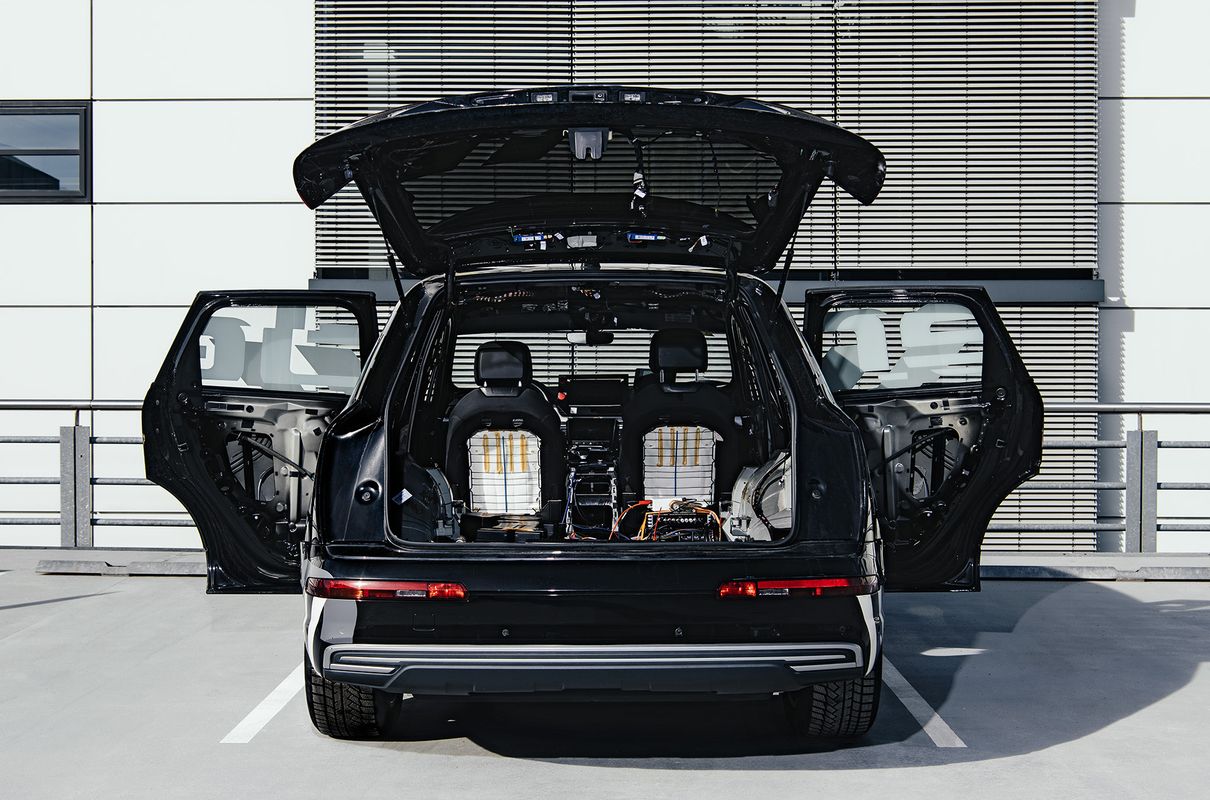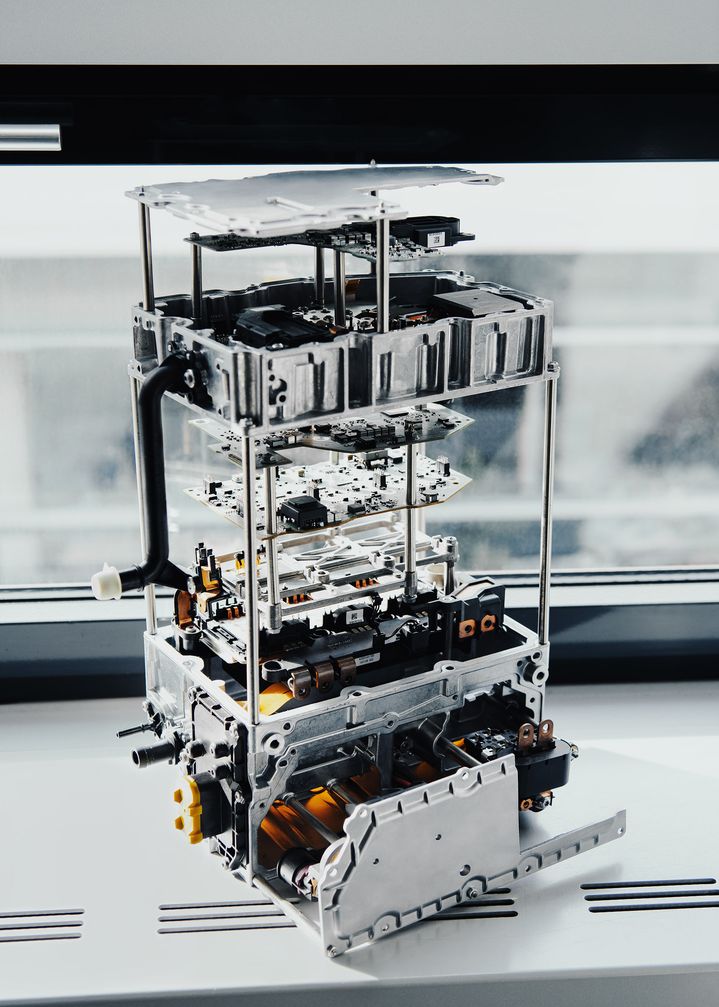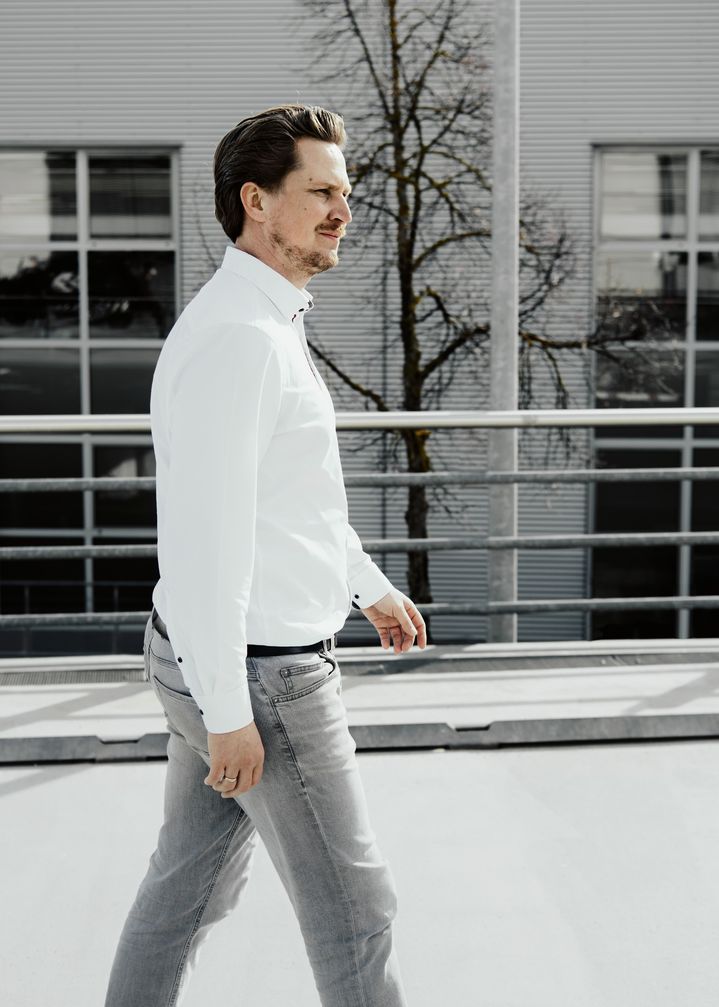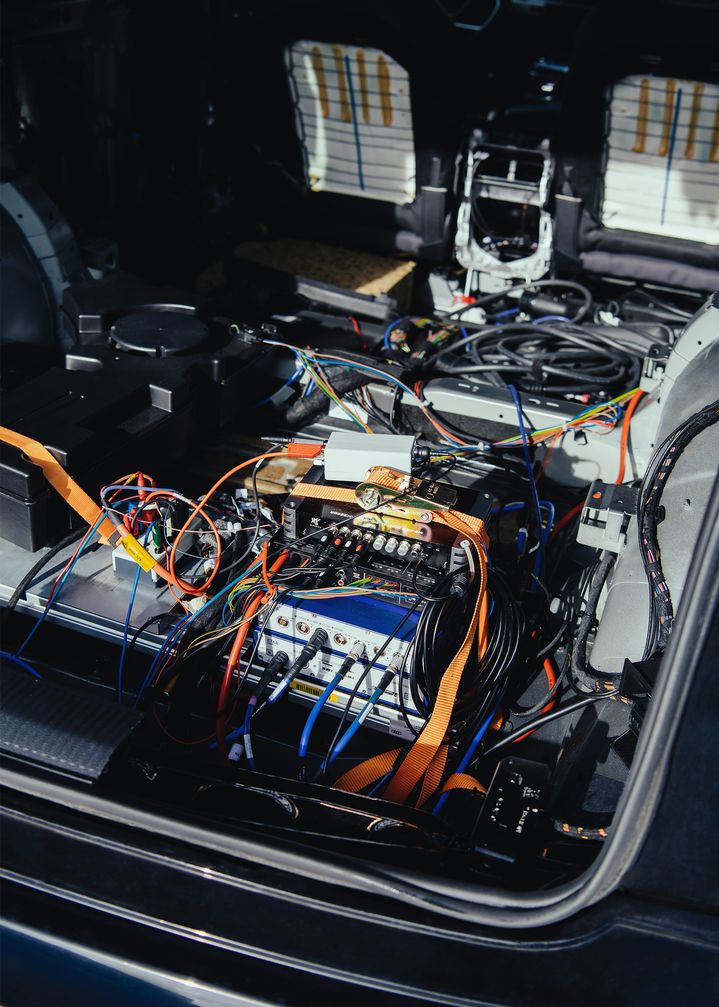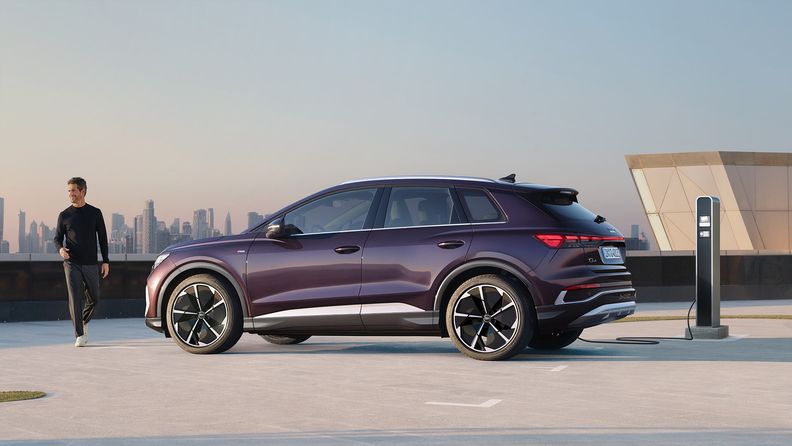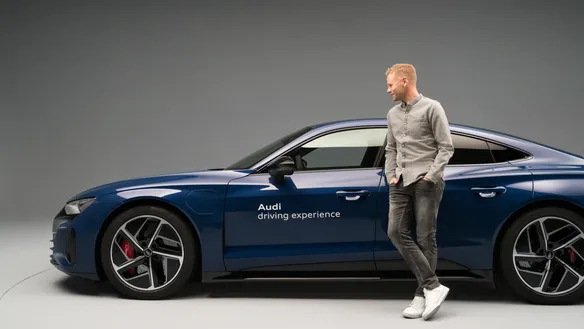Defining that wow feeling
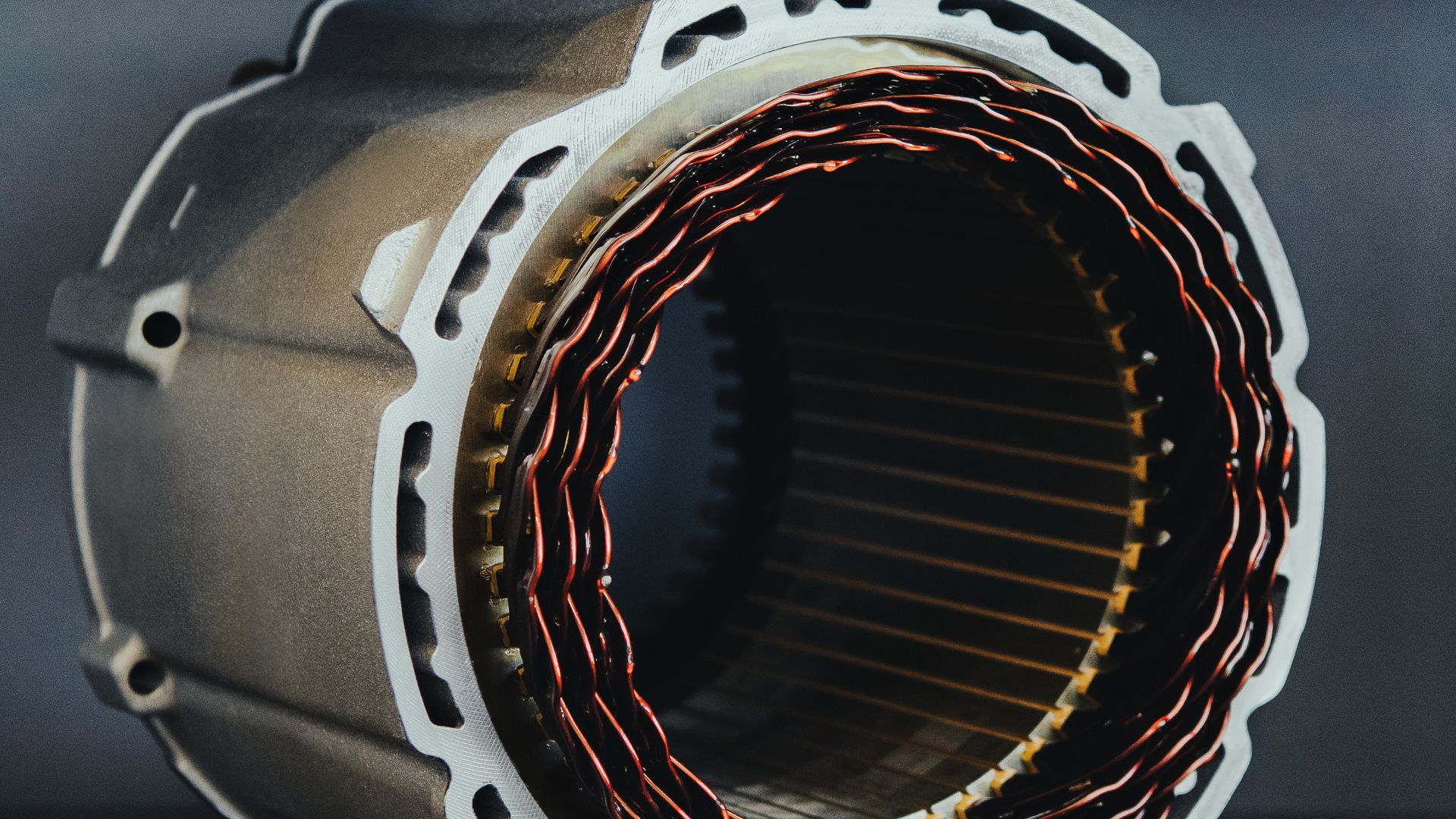
As he steps out of the test car, it’s clear that Kay Friedmann is very pleased with the vehicle: “Wow, that’s exactly what an Audi car should feel like. There’s no mistaking the Four Rings’ DNA. It’s a sense of solidity and balance that comes from the effortlessly precise control and interaction of the components. Every Audi has to provide that distinctive driving experience—and electric vehicles even more so.” And he should know. Because Kay Friedmann works in a special Audi department as the project manager for technical drive systems on three electric platforms. It’s in this department that all the development work on the chassis, engine, transmission and energy storage system comes together for the first time. With the shift to electromobility and the accompanying transformation in automotive development, Audi has set clear priorities — the customer and customer experience are paramount.
New development structures
In the past, when developing vehicles with internal combustion engines, individual components such as the engine, chassis and brakes were separately engineered for peak performance and only subsequently harmonised with each other in the vehicle. In contrast, electric vehicles’ systems are more closely interconnected. This has to be factored into the development process from the start.
Kay Friedmann puts it in a nutshell: “We not only develop components with outstanding properties, but also optimum vehicle characteristics. That’s important because individual systems interact to a much greater extent in an electric vehicle.”
“
We not only develop components but also optimum vehicle characteristics.”
It’s the experience that counts
When choosing a conventionally powered vehicle, customers can pick a specific engine option—for instance, a four-cylinder TFSI or even a V6 power plant. When it comes to electric vehicles, however, there are probably very few customers out there who consider the difference between an asynchronous motor or a permanently excited synchronous motor to be a deciding factor. What matters is the overall performance of the powertrain. As Friedmann says, “There’s no point in building a high-performance electric motor if the high-voltage battery can’t put that power to work in the vehicle.”
For another example, look no further than the interaction between the traditional braking system and the electric motor’s recuperation behavior, which together are responsible for slowing the vehicle. This means that exceptional deceleration capabilities go hand in hand with the special nature of the thrust behavior.
What’s more, the fact that the car comes with electric motors on the front and rear axles as standard opens up a lot of new potential for refining driving dynamics at the upper end of the performance range. As a result, the chassis developers enjoy greater freedom in achieving optimum handling.
These new aspects call for a 360-degree approach to development. To this end, Audi has already pooled everything related to energy supply, storage and distribution in a single organisational unit. Looking ahead, this approach will be taken a step further by combining drive and chassis development into a single unit. Consequently, the drive, steering and braking systems will be controlled via an intelligent network.
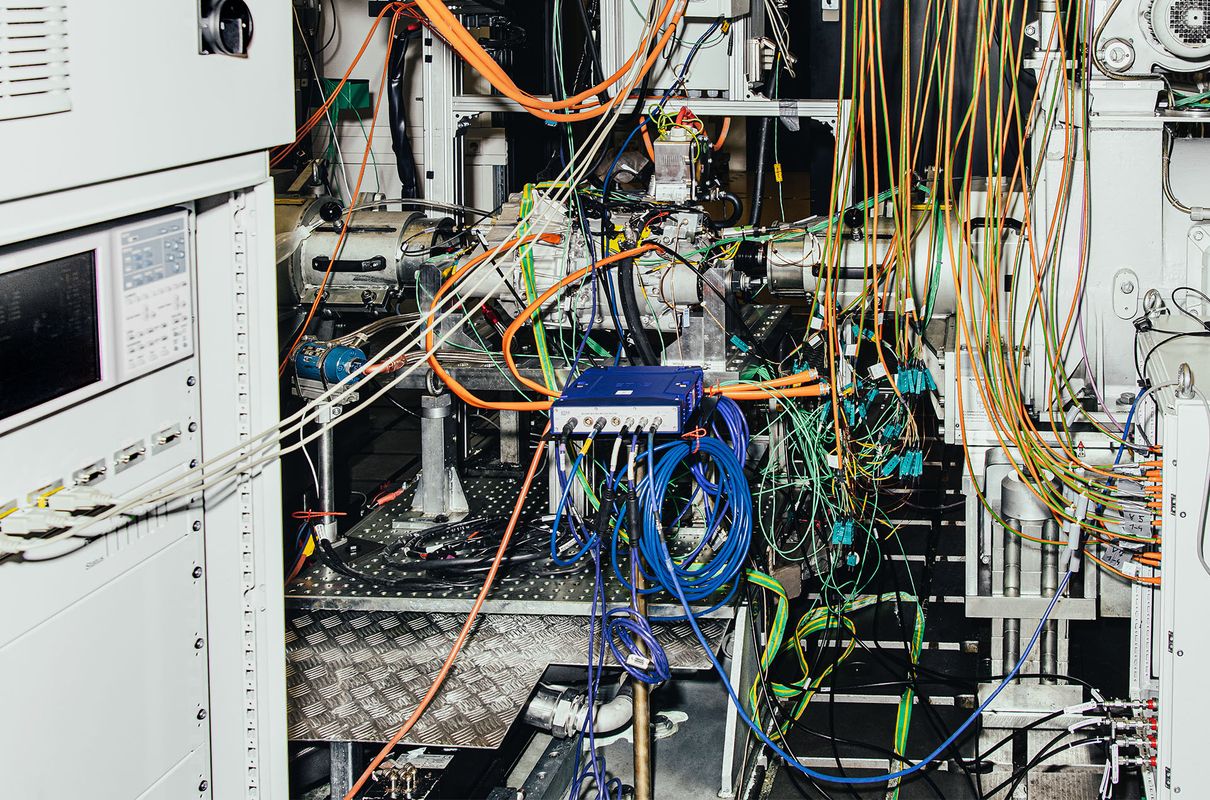
So how does it feel?
Taking their cue from customer needs, interdisciplinary teams establish vehicle characteristics, which then form the basis for defining the development requirements. It’s essential that the engineers in the development departments are given a feasible brief in addition to specific use cases and special guidelines that illustrate the requirements.
The focus must always remain squarely on what the customer will “feel” in the vehicle. Kay Friedmann explains: “The fact that, on paper, a vehicle can accelerate from zero to 100 kilometers per hour in five seconds is no longer enough. What the driver experiences in the process is equally vital. In other words, what does the acceleration gradient look like? Is it linear, concave or convex? Will I feel myself being pushed back into my seat?”
Electromobility opens several new doors to engineers. What used to require a laborious mechanical development process can now be easily fine-tuned with electrical controls. In other words, what you achieve by precisely injecting fuel into the combustion chamber in a conventional car can be replicated by precisely controlling phases in the electric motor’s power electronics.
Character at the touch of a button
How much power does the motor receive at any one time and how does the vehicle drive as a result? Another Audi engineer, Roberth Eichner—project manager for the proof of concept vehicles and functional aspects—paints a picture of how this works. His team tests and experiences various drive functions for the first time. And they do so with the Brutus concept car, which is Eichner’s responsibility.
A former Audi e-tron prototype, Brutus is equipped with a wide variety of functional applications and measurement technology that allow various features to be activated at the touch of a button and experienced live. “This is what makes electromobility so fascinating—the fact that we can switch on a range of functions in this proof-of-concept vehicle and thus lend Brutus a broad spectrum of character traits,” says Roberth Eichner.
“
We’re charging electric mobility with emotion.”
For instance, developers can assess an array of acceleration characteristics that have already been simulated on the computer. Not only can executives experience how a vehicle concept that exists only on paper will perform, but Roberth Eichner and his team can incorporate their own, totally fresh ideas at this first stage of experience.
Eichner explains: “Many of our customers are excited about electric mobility and impressed by how enjoyable being behind the wheel is. But the premium experience that Audi aims to offer takes things even further …” That’s why the technical developers are continually pushing the envelope with new versions of the Four Rings’ electric vehicles that turn motion into sheer emotion. Or to put it another way—spark a wow effect.
